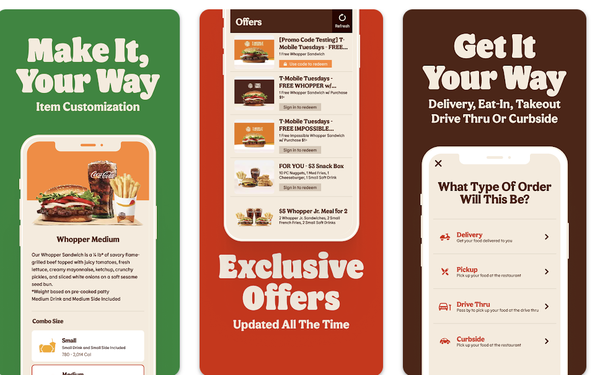by Teresa Buyikian
Source: www.mediapost.com, August 2023
Loyalty programs via mobile apps are key to attracting more customers: That not-so-surprising finding was one of the key results from InMobi’s yearly QSR survey, which focuses on customer behavior.
“Convenience, loyalty programs, and strategic mobile app implementation emerge as key growth drivers for the QSR industry,” Justin Sparks, director of vertical strategy, North America at InMobi, noted in the report. “With the rise of mobile adoption and the influence of Gen Z, QSRs must prioritize mobile app strategies to compete with those who won customer loyalty and convenience during the work-from-home peak, or double down to maintain their lead from the chasing pack.”
The survey found that consumers are not choosing QSRs as much for meals mealtimes as compared to the previous year, but when they do choose QSR options, they’re primarily driven by the element of convenience.
The percentage of consumers ordering from QSRs more than once a week has declined from 27% in 2022 to 23% in 2023. But the percentage of consumers ordering once a week grew from 23% in 2022 to 28% in 2023.
Customers still prefer pick-up and drive-thru, as grab-and-go options remain a priority over in-restaurant dining.
The percentage of customers downloading QSR mobile apps increased from 17% in 2022 to 24% in 2023. App-based discounts and promotions are the main driver in downloads.
Increased mobile advertising may continue to have a big impact on the uptick in app downloads this year. Thirty-nine percent of consumers were exposed to mobile ads for QSRs thus far in 2023, versus 31% for the same period in 2022.
Mobile app analytics platform Apptopia recently reported the most downloaded QSR apps for March 2023, with McDonald’s leading the way at 3.5 million downloads, followed by Starbucks with 1.4 million downloads and Taco Bell coming in third at 0.9 million. The top 10 also included Subway, Domino’s, Chick-fil-A, Chipotle, KFC, Dunkin’ and Wendy’s, all under 1 million downloads.

